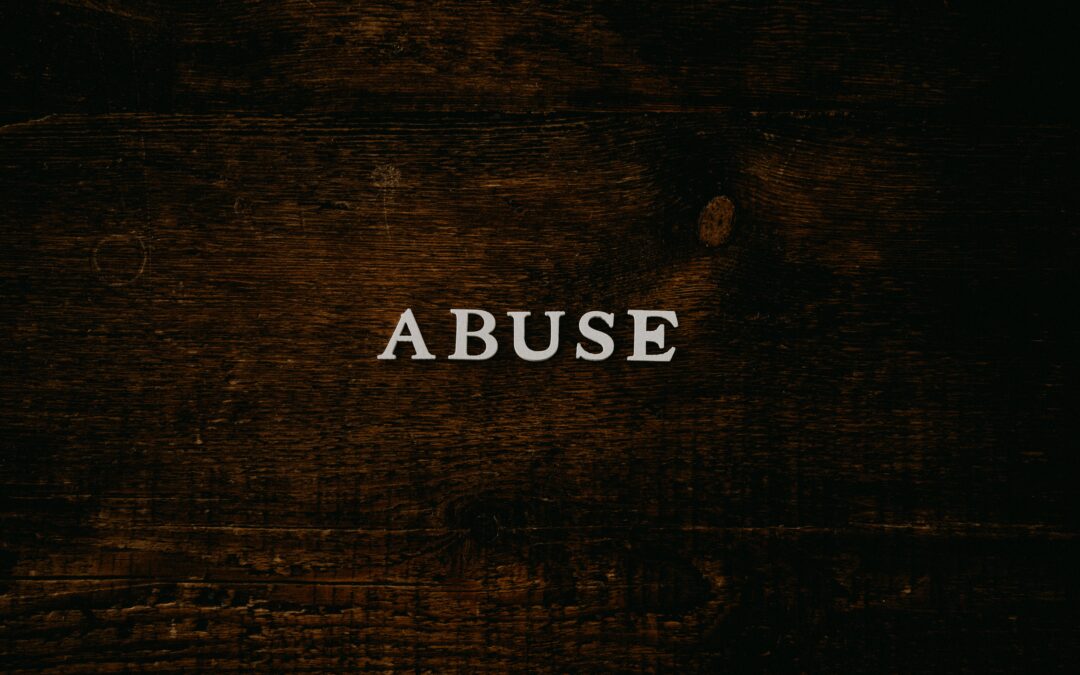Domestic violence is a complex and distressing issue that affects individuals of all genders, ages, and backgrounds. At its core, domestic violence is not solely about physical harm; it encompasses a pervasive pattern of power and control exerted by one partner over another. This article delves into the intricacies of power and control within the context of domestic violence, shedding light on the various dimensions of this deeply troubling phenomenon.
Understanding Power and Control:
Power and control serve as central themes in domestic violence. Perpetrators utilize various tactics to establish and maintain dominance over their victims. These tactics often encompass emotional manipulation, isolation from friends and family, economic exploitation, intimidation, and threats. The overarching objective is to create an atmosphere of dependency, rendering the victim more vulnerable to the perpetrator’s manipulative control.
The Cycle of Abuse:
The dynamics of power and control become evident in what is commonly known as the “cycle of abuse.” This cycle typically unfolds in three stages: the tension-building phase, the acute abuse phase, and the honeymoon phase. During the tension-building phase, elevated tension and anxiety arise, frequently stemming from minor conflicts. This escalates into the acute abuse phase, where the perpetrator exerts control through acts of physical, emotional, or sexual violence. Subsequently, the cycle enters the honeymoon phase, characterized by the perpetrator displaying remorse, offering apologies, and occasionally pledging to change. This phase aims to keep the victim invested and hopeful, thereby perpetuating the cycle.
Control Over Resources:
Economic abuse emerges as a potent tool used by abusers to sustain control. This may encompass restricting access to financial resources, employment opportunities, and education. By exerting dominance over the victim’s financial independence, the abuser further reinforces the cycle of dependency, thus intensifying the challenge for the victim to escape the confines of the abusive relationship.
Isolation and Emotional Manipulation:
Isolating the victim from their support network is yet another strategy employed to maintain power. Perpetrators often seek to sever ties with friends and family, leaving the victim with limited avenues of support. This isolation exacerbates the victim’s vulnerability, fostering a belief that there is no available help. Emotional manipulation, which includes tactics like gaslighting and belittling, is designed to undermine the victim’s self-esteem, instilling doubt in their own perceptions and experiences.
Breaking the Cycle:
Escaping the cycle of power and control endemic to domestic violence is an overwhelming endeavor. Support systems, including shelters, helplines, and counseling services, play a pivotal role in aiding victims to regain their autonomy. Legal measures such as restraining orders and legal assistance provide protective avenues. Elevating awareness and advocating for education about healthy relationships stand as pivotal steps in both preventing and addressing instances of domestic violence.
Domestic violence represents a grave issue rooted in the abuse of power and control. A comprehensive comprehension of the multifaceted dynamics involved is vital to rendering effective support and intervention for victims. Through confronting the underlying patterns of power and control, society can actively strive to eliminate domestic violence, thereby cultivating environments founded on principles of respect, equality, and empathy. The eradication of the cycle of abuse necessitates the concerted efforts of all, working collectively to create a safer and more compassionate world for everyone.

